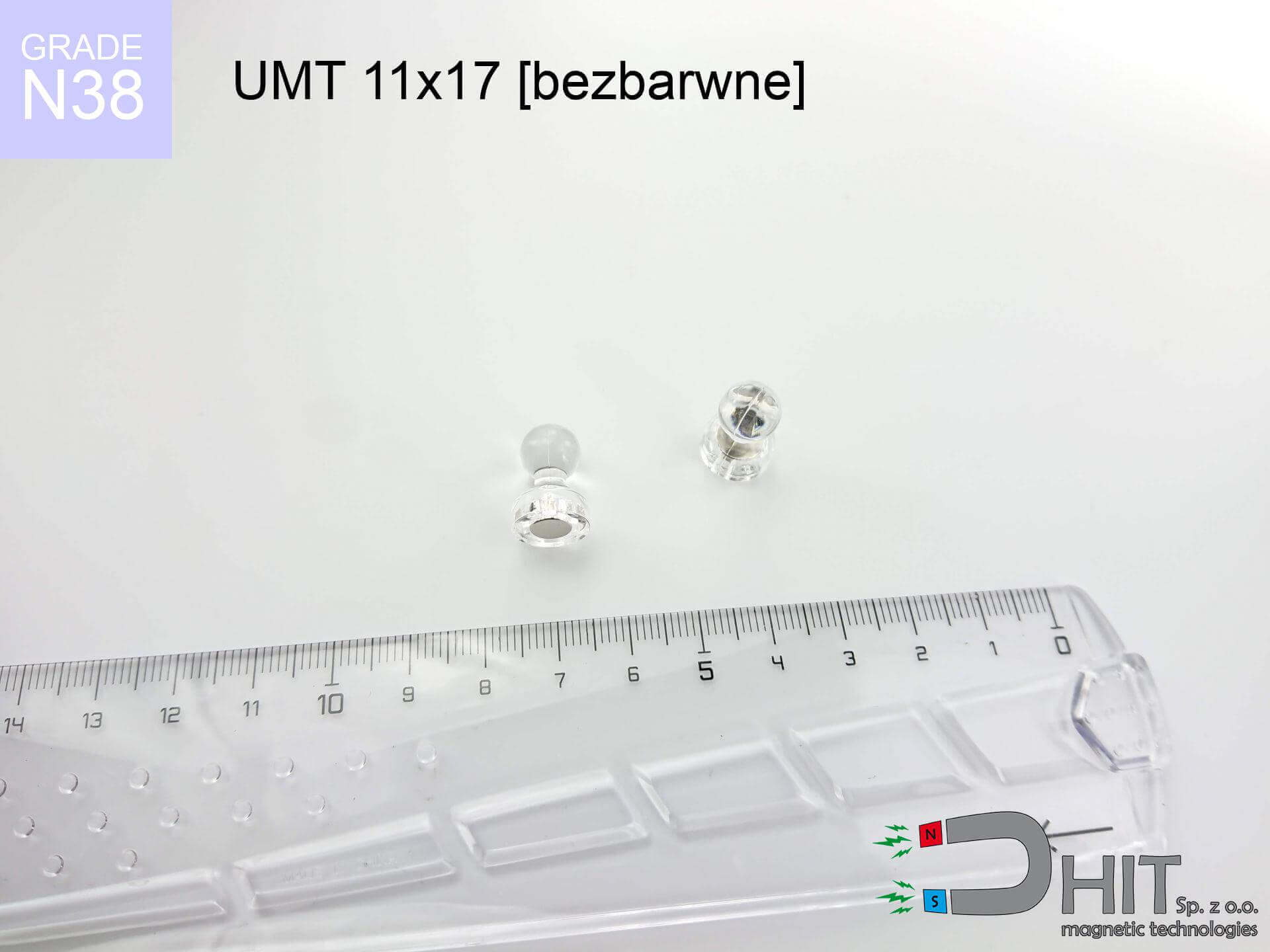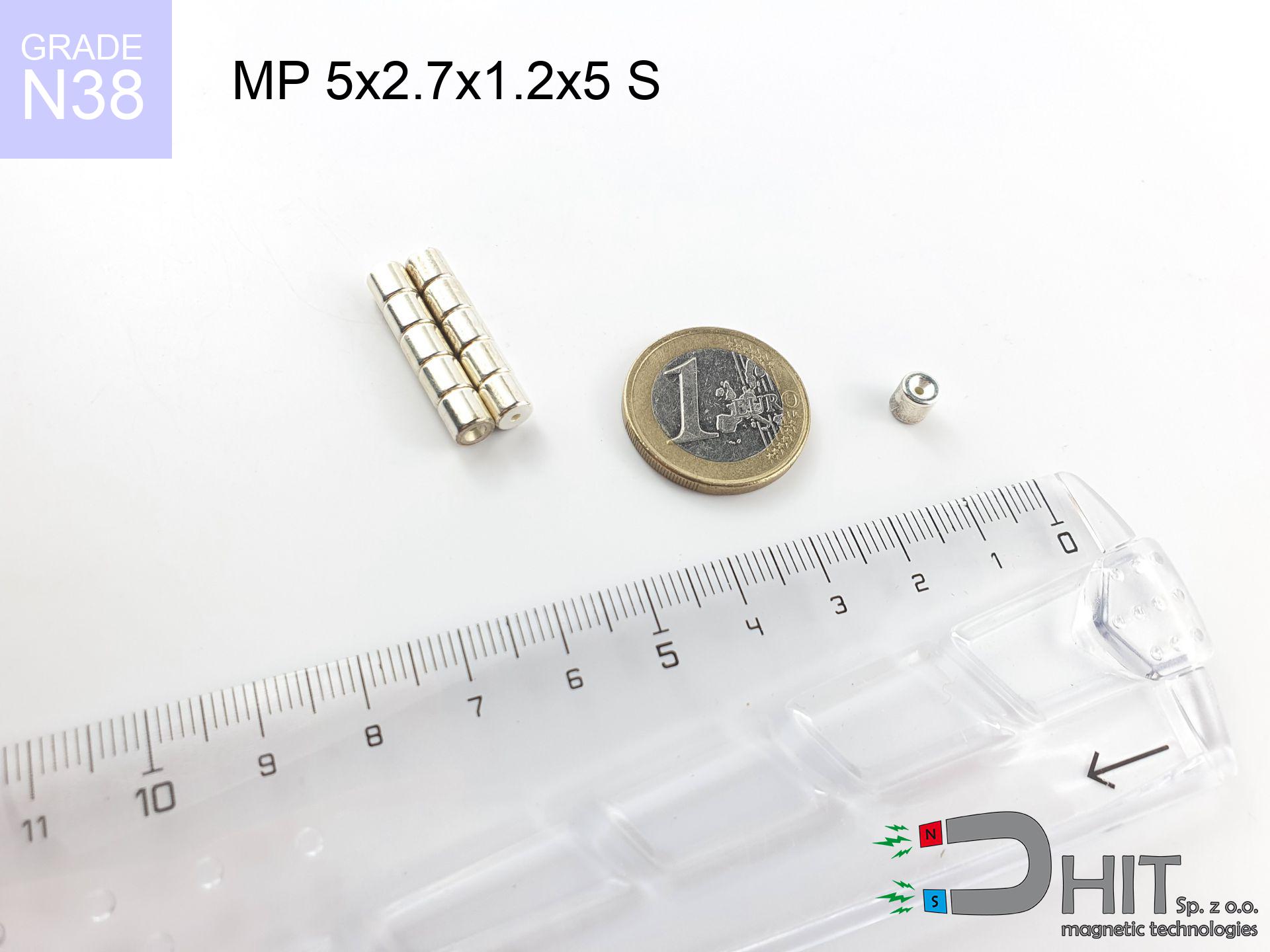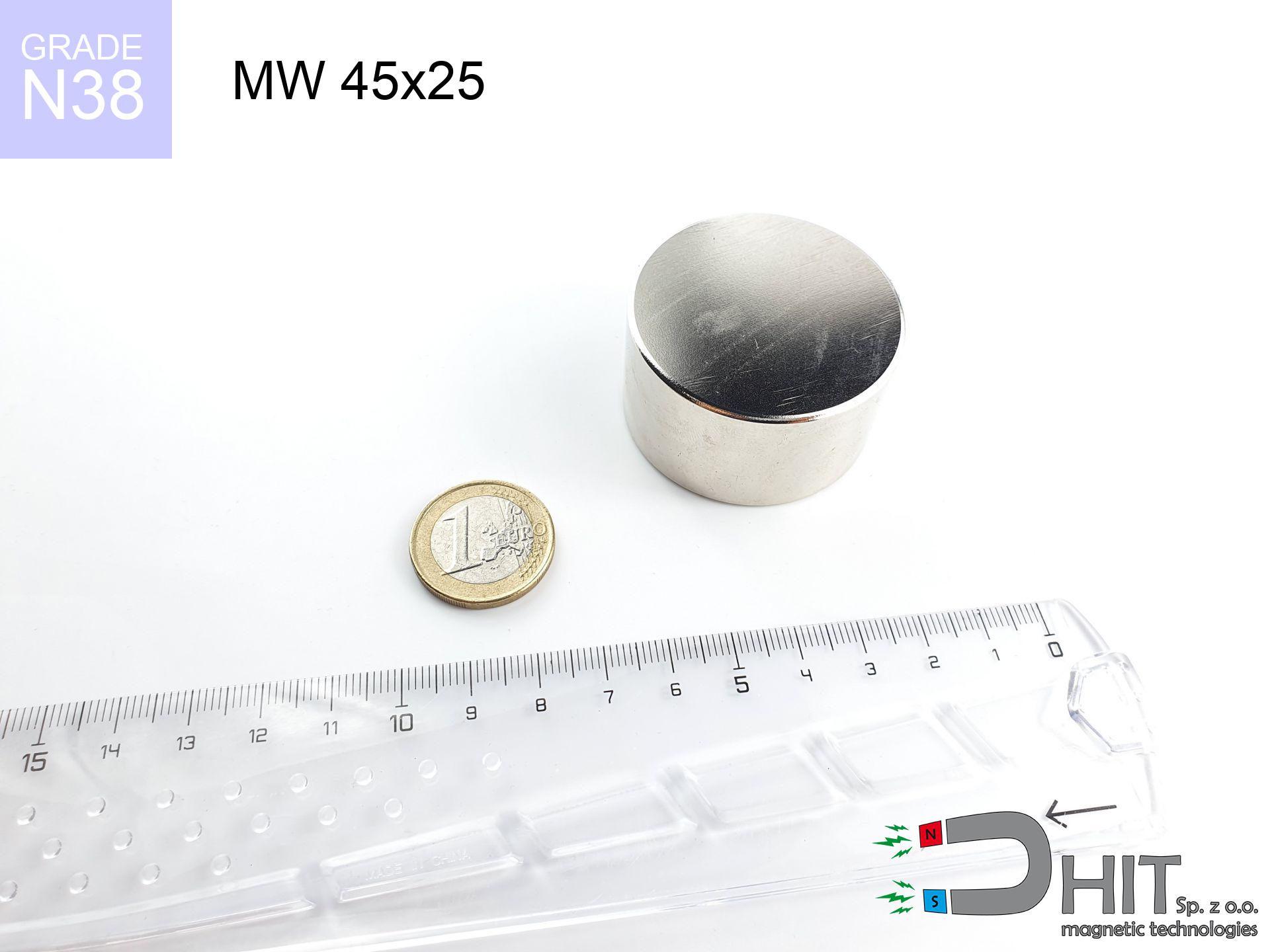UMT 11x17 colorless / N38 - magnetic pin
board holder
catalog number 230266
GTIN: 5906301814290
diameter Ø
11
mm [±0,1 mm]
height
17
mm [±0,1 mm]
max. temperature
≤ 80
°C
catalog number 230266
GTIN: 5906301814290
diameter Ø
11 mm [±0,1 mm]
height
17 mm [±0,1 mm]
max. temperature
≤ 80 °C
1.54 ZŁ gross price (including VAT) / pcs +
1.25 ZŁ net price + 23% VAT / pcs
bulk discounts:
need more quantity?Want to talk about magnets?
Call us tel: +48 22 499 98 98 or contact us through contact form on our website. You can check the power as well as the appearance of neodymium magnets in our power calculator force calculator
Orders placed by 2:00 PM will be shipped on the same business day.
Specification: board holder 11x17 colorless / N38
Magnetic properties of the material N38
Physical properties of sintered neodymium magnets Nd2Fe14B
Find suggested articles
Advantages and disadvantages of neodymium magnets NdFeB.
In addition to immense strength, neodymium magnets have the following advantages:
- They do not lose strength over time - after 10 years, their power decreases by only ~1% (theoretically),
- They are highly resistant to demagnetization by external magnetic sources,
- Thanks to the shiny finish and nickel, gold, or silver coating, they have an aesthetic appearance,
- They exhibit extremely high magnetic induction on the surface of the magnet,
- Thanks to their high temperature resistance, they can operate (depending on the shape) even at temperatures up to 230°C and above...
- Thanks to the flexibility in shaping or the ability to adapt to specific requirements – neodymium magnets can be produced in a wide range of shapes and sizes, which expands the range of their possible uses.
- Significant importance in the industry of new technologies – are utilized in computer drives, electric drive mechanisms, medical equipment or very advanced devices.
Disadvantages of neodymium magnets:
- They can break when subjected to a strong impact. If the magnets are exposed to impacts, we recommend using magnets in a steel housing. The steel housing in the form of a holder protects the magnet from impacts and at the same time increases its overall strength,
- Magnets lose their strength due to exposure to high temperatures. In most cases, when the temperature exceeds 80°C, these magnets experience permanent reduction in strength (although it is worth noting that this is dependent on the shape and size of the magnet). To avoid this problem, we offer special magnets marked with the [AH] symbol, which exhibit high temperature resistance. They can operate even at temperatures as high as 230°C or more,
- They rust in a humid environment - during outdoor use, we recommend using waterproof magnets, such as those made of rubber or plastic,
- Limited ability to create threads or complex shapes in the magnet - the use of a housing is recommended - magnetic holder
- Possible danger associated with microscopic parts of magnets can be dangerous, if swallowed, which is crucial in the aspect of protecting young children. It's also worth noting that tiny parts of these products are able to complicate diagnosis when they are in the body.
Exercise Caution with Neodymium Magnets
The magnet is coated with nickel - be careful if you have an allergy.
Studies clearly indicate a small percentage of people who suffer from metal allergies such as nickel. An allergic reaction often manifests as skin redness and rash. If you have a nickel allergy, you can try wearing gloves or simply avoid direct contact with nickel-plated neodymium magnets.
Never bring neodymium magnets close to a phone and GPS.
Magnetic fields can interfere with compasses and magnetometers used in aviation and maritime navigation, as well as internal compasses of smartphones and GPS devices. There are neodymium magnets in every smartphone, for example, in the microphone and speakers.
Do not place neodymium magnets near a computer HDD, TV, and wallet.
Neodymium magnets generate intense magnetic fields that can destroy magnetic media such as floppy disks, video tapes, HDDs, credit cards, magnetic ID cards, cassette tapes, or other devices. They can also destroy videos, televisions, CRT computer monitors. Remember not to place neodymium magnets close to these electronic devices.
It is crucial not to allow the magnets to pinch together uncontrollably or place your fingers in their path as they attract to each other.
Magnets will attract each other within a distance of several to about 10 cm from each other. Don't put your fingers in the path of magnet attraction, because a serious injury may occur. Depending on how huge the neodymium magnets are, they can lead to a cut or alternatively a fracture.
Magnets made of neodymium are especially delicate, which leads to shattering.
Neodymium magnets are characterized by significant fragility. Neodymium magnets are made of metal and coated with a shiny nickel surface, but they are not as hard as steel. In the event of a collision between two magnets, there may be a scattering of fragments in different directions. Protecting your eyes is crucial in such a situation.
Dust and powder from neodymium magnets are flammable.
Do not attempt to drill into neodymium magnets. Mechanical processing is also not recommended. If the magnet is crushed into fine powder or dust, it becomes highly flammable.
Neodymium magnets should not be near people with pacemakers.
Neodymium magnets produce strong magnetic fields that can interfere with the operation of a heart pacemaker. However, if the magnetic field does not affect the device, it can damage its components or deactivate the device when it is in a magnetic field.
Magnets should not be treated as toys. Therefore, it is not recommended for children to have access to them.
Neodymium magnets are not toys. Be cautious and make sure no child plays with them. In the case of swallowing multiple magnets simultaneously, they can attract to each other through the intestinal walls. In the worst case scenario, this can lead to death.
Neodymium magnets are the most powerful, most remarkable magnets on earth, and the surprising force between them can surprise you at first.
Read the information on our website on how to properly utilize neodymium magnets and avoid significant harm to your body and unintentional disruption to the magnets.
Neodymium magnets can become demagnetized at high temperatures.
Even though magnets have been observed to maintain their efficacy up to temperatures of 80°C or 175°F, it's essential to consider that this threshold may fluctuate depending on the magnet's type, configuration, and intended usage.
In order to show why neodymium magnets are so dangerous, read the article - How dangerous are very powerful neodymium magnets?.



![search holder 135x40 [M10+M12] GW F600 Lina / N38 search holder 135x40 [M10+M12] GW F600 Lina / N38](https://cdn3.dhit.pl/graphics/products/ump-135x40-m10+m12-gw-f600-+lina-sej.jpg)



